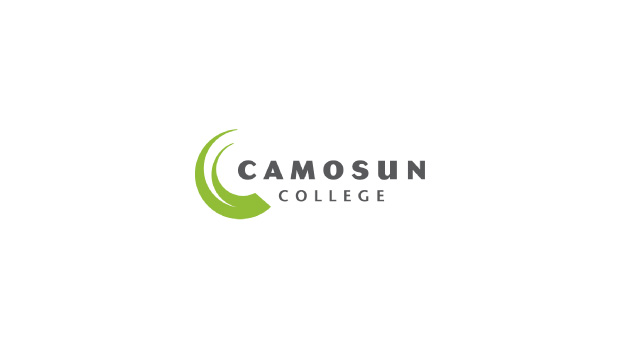Science Rendezvous is not an event that puts greater constraints on faculty and staff time. Depending on how you choose to construct your SR team, the faculty and staff may be able to take a backseat to your student volunteers by mainly providing oversight and guidance when necessary. If your institution chooses to appoint faculty or staff members as the primary organizers, this should still not constrain their schedules drastically.
Each institution has been responsible for their own outreach events in the past, participating in Science Rendezvous does not require more work than these past initiatives, but greater coordination between the various science departments (please see Departmental Involvement below). Typically, sporadic outreach initiatives are undertaken by the departments independent of one another, which actually require more staff hours and designated FTEs than a coordinated effort through SR. SR provides all graphics design work, and promotional materials, as well as national-level advertising. In this way, faculty members are free to concentrate on presenting their research to the public in an accessible and inspiring manner.
If you choose to designate faculty members as the main event organizers, they should focus on facilitating inter- departmental participation and coordination. Information sharing will be crucial. Each department knows how to best present their research, and minimal staff time should be necessary to coordinate this unified event.
Monthly meetings of representatives from each department are ideal, however, with time constraints and conflicting schedules a more realistic approach will be to have an organizing committee consisting of a core group of 5-10 faculty and staff who are passionate about science outreach; only 5-7 planning meetings should be necessary for a staff or faculty run initiative. Planning by this core group should begin in November or December, facilitating interdepartmental communication, and coordination of the event organization – closer to the event date additional faculty and staff will need to become involved in planning their specific department’s event-day activities. Again, increased information sharing is critical.
The local organizing committee of 5-10 faculty and staff will set the big-picture event parameters, and determine the main location of their site’s SR events. However, the detailed event-day participation (i.e. department-specific demonstrations and research exhibitions) should be left to the individual faculty of those departments, or departmental teams. Closer to the event-day, the development and presentation of hands-on activities and demonstrations will need to be supported by student volunteers. All departmental activities should be organized around a central location with logical flow between the exhibits to prevent visitor confusion; event maps or guided tours may be necessary for larger or more spread out events.
Alternatively, as a primarily student-run organization, the main responsibility of your faculty and staff will be to provide oversight and guidance to the student volunteers organizing your event. With this model, faculty and staff primarily participate in preparing their specific displays or demonstrations, and interact with the attendees on the day of the event. Faculty advisors will also need to provide continuity between event years, and ensure all information is collected and transferred efficiently to the new student Executive Committee each year – setting up a document collection protocol will expedite this process.



























